Guenter A. Werner VOLUMEN 25. 8. - 30. 9. 2017 Kunstraum KM 570 Koblenz
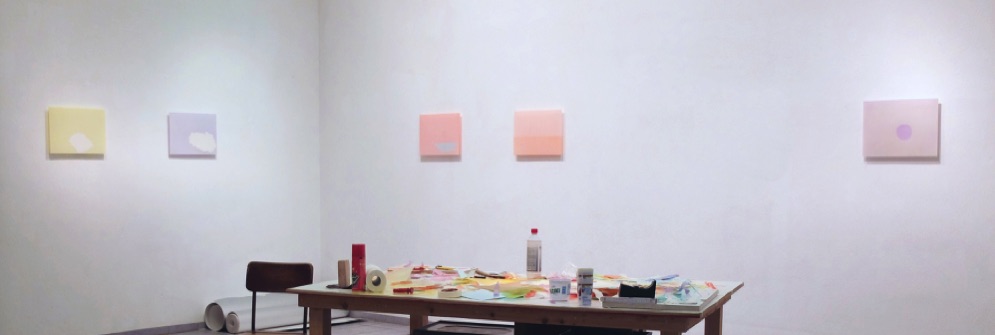
ARBEITSWELTEN // RAUF UND RUNTER HEIKE KERN // KATJA VON PUTTKAMER // GUENTER A. WERNER
11.09.2015 -11.10.2015 KUNSTFORUM ESSENHEIM Einführung: Dr. Gabriele Rasch, Kuratorin der Ausstellung
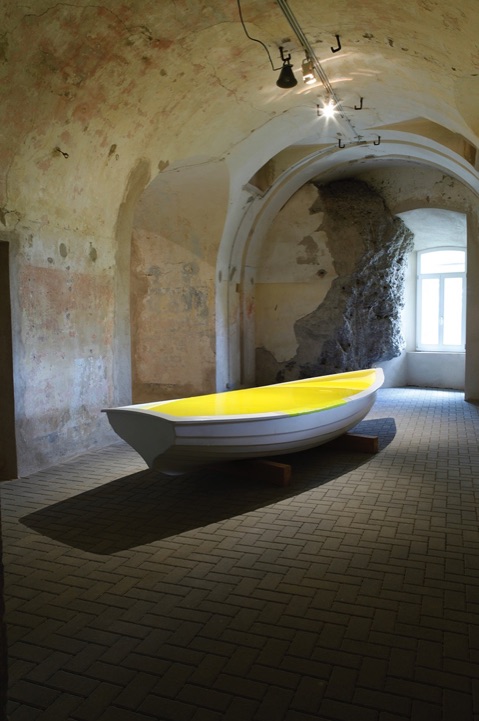
Transport 2003/04
GFK-Boot gefüllt mit 170 kg Epoxidharzfarbe
Die Arbeiten Guenter A. Werners bewegen sich im Grenzbereich zwischen Malerei und Plastik. Das verbindende Element ist die Farbe, genauer formuliert, die Farbmasse. Diese, definiert durch Bindemittel und Pigment, steht bei vielen seiner Arbeiten nicht in Verbindung mit dem klassischen Farbträger der Malerei, der Leinwand. Die Farbe gewinnt Form durch die Befüllung von dreidimensionalen Objekten.
Transport wurde für den Wiesbadener Kunstsommer 2004 konzipiert (Skulpturenpark), schwamm von Mai bis September im Kurparkteich. 2005 war die Arbeit in der Mike Weiss Gallery/New York zu sehen.
„This meeting of paint and sculpture culminated in Transport (2004), a full-size rowboat that sat on wood 4-by-4s in the middle of the rear gallery. Painted a spotless white, the boat had been filled with a cadmium yellow epoxy resin which slopped over the gunwales at mid-ship. As is the case with all of Werner's work, Transport is at once literal, formal, poetic, sensuous and intelligent.“
(Saul Ostrow, Art in America, January 2006 - Guenter A. Werner at Mike Weiss)
Foto: Anna Herrgott
ZWISCHEN-RAUM KV Mittelrhein e.V. KM 570 im Fort Konstantin 18. Mai bis 9. Juni 2014
Cornelia Rößler, Walerija Peter, Katja von Puttkamer, Jens Gussek, Anna Herrgott, Jesse Magee, Guenter A. Werner
Mike Weiss Gallery is pleased to announce Ballet, an exhibition of new work by German artist Guenter A. Werner.
Werner's luminescent, epoxy filled works are painterly sites that trigger multiple formal and conceptual connotations. Though sculptural in appearance, the monochrome surfaces that he pours in glowing colors onto fabric and into bottles, buckets and tubes are more closely associated with painting. Instead of using canvas as his primary paint support, Werner opts for more unconventional materials. His rectangular Frames consist of multiple layers of epoxy dispensed over translucent polyester fabric. Contrasting bands of opaque color gradually fade from either end into a white center, creating an overall effect of weightlessness and transparency. Through the Frames Werner reveals his longstanding preoccupation with the idea of an abstract painting as a three-dimensional object.
In Tube, the artist considers the act of drawing by using a clear plastic tube as a conduit for his paint. The viscous fluid is funneled to form coiled lines of color that are then suspended in delicate loops. This graceful interaction between paint and surface is also evident in Circle, a work in which buckets filled with radiant colors dangle precariously from the wall, slightly angled so that the paint could spill out at any moment. With an acute sense of balance and composition, Werner produces deft combinations of color and material that are at once literal, formal and poetic.
This is Guenter A. Werner's second exhibition at Mike Weiss Gallery. The artist has exhibited widely throughout Germany and Poland and is represented in Europe by Galerie Hafemann in Wiesbaden, Germany. Werner lives and works near Frankfurt, Germany.
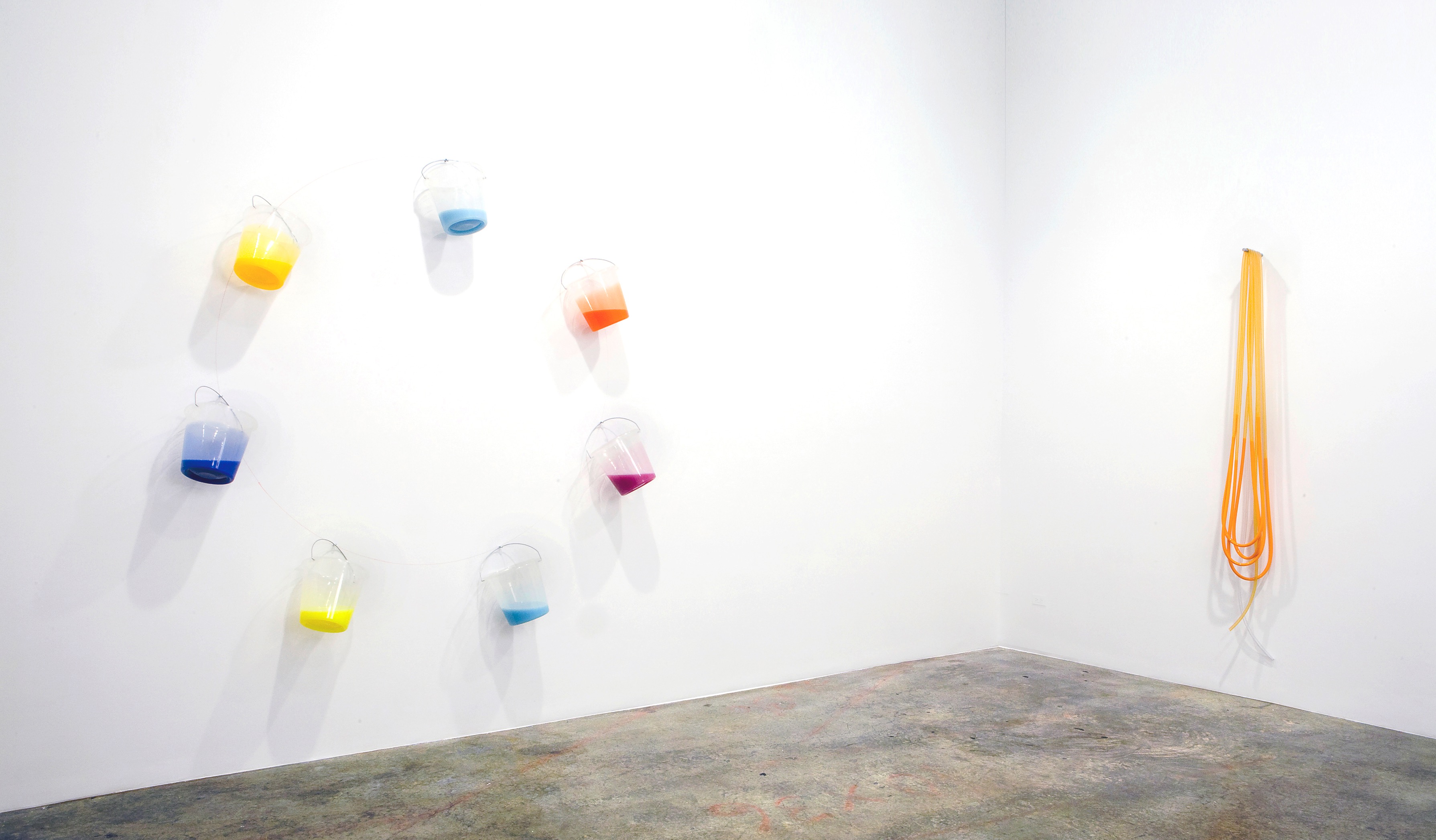


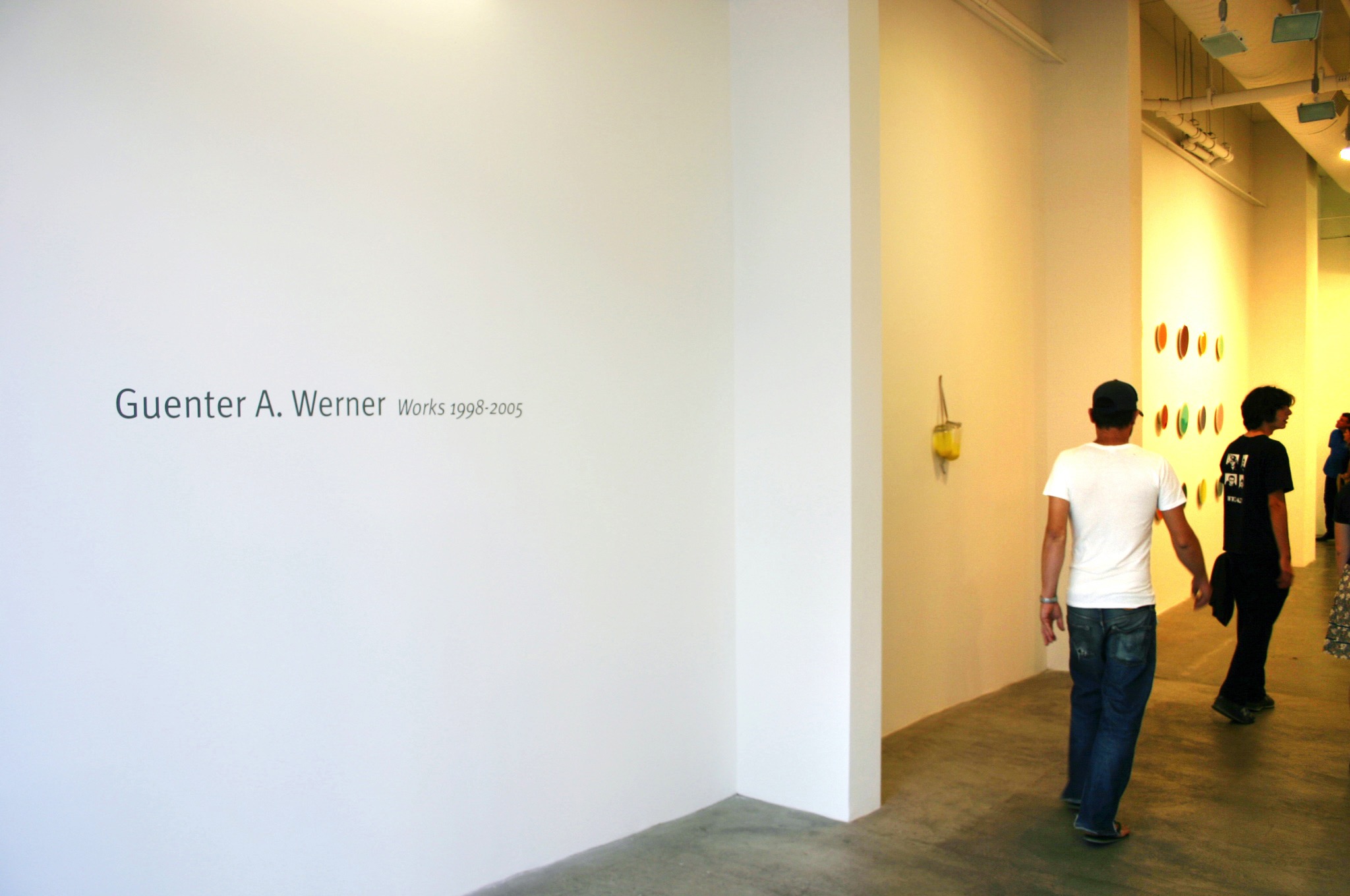
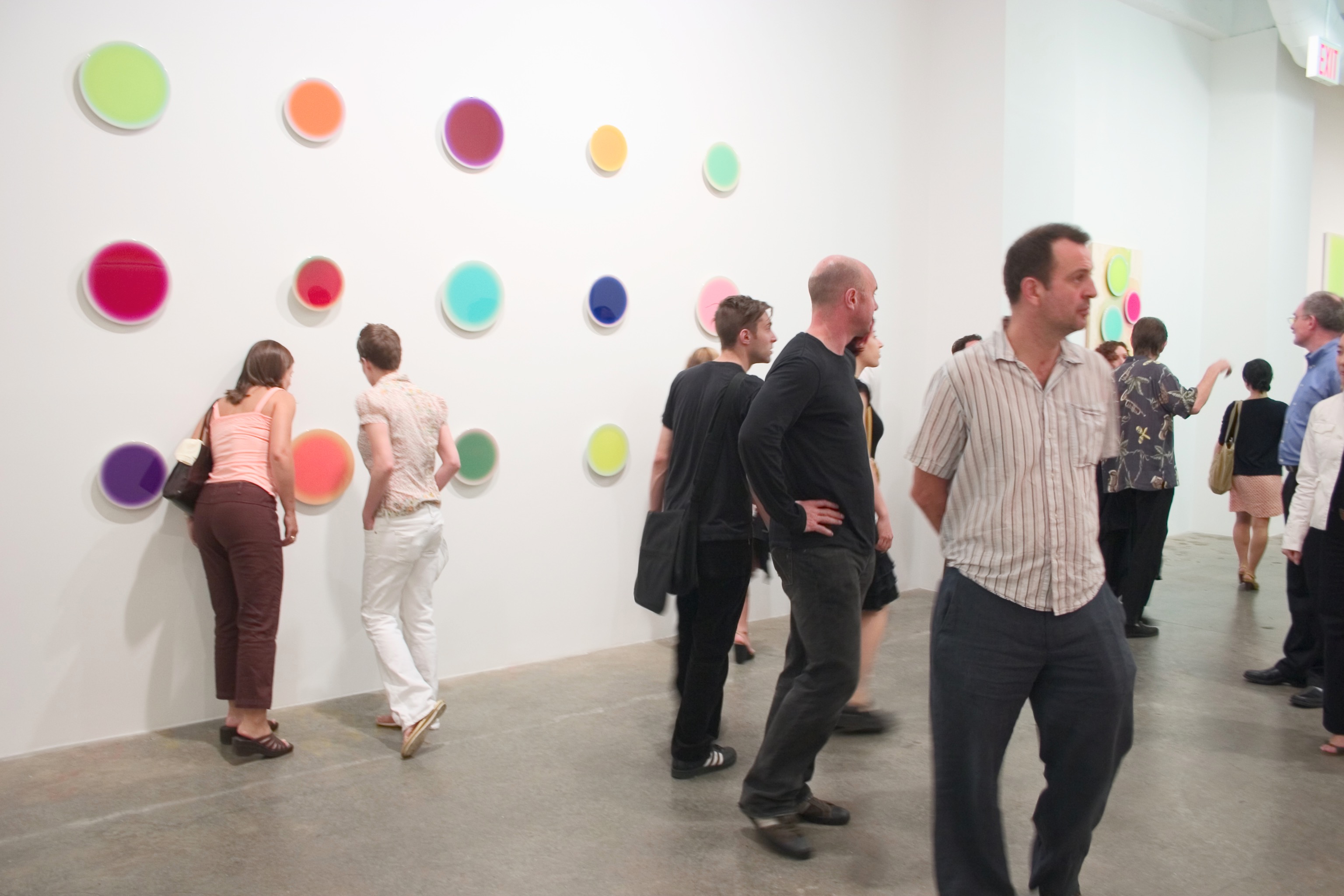
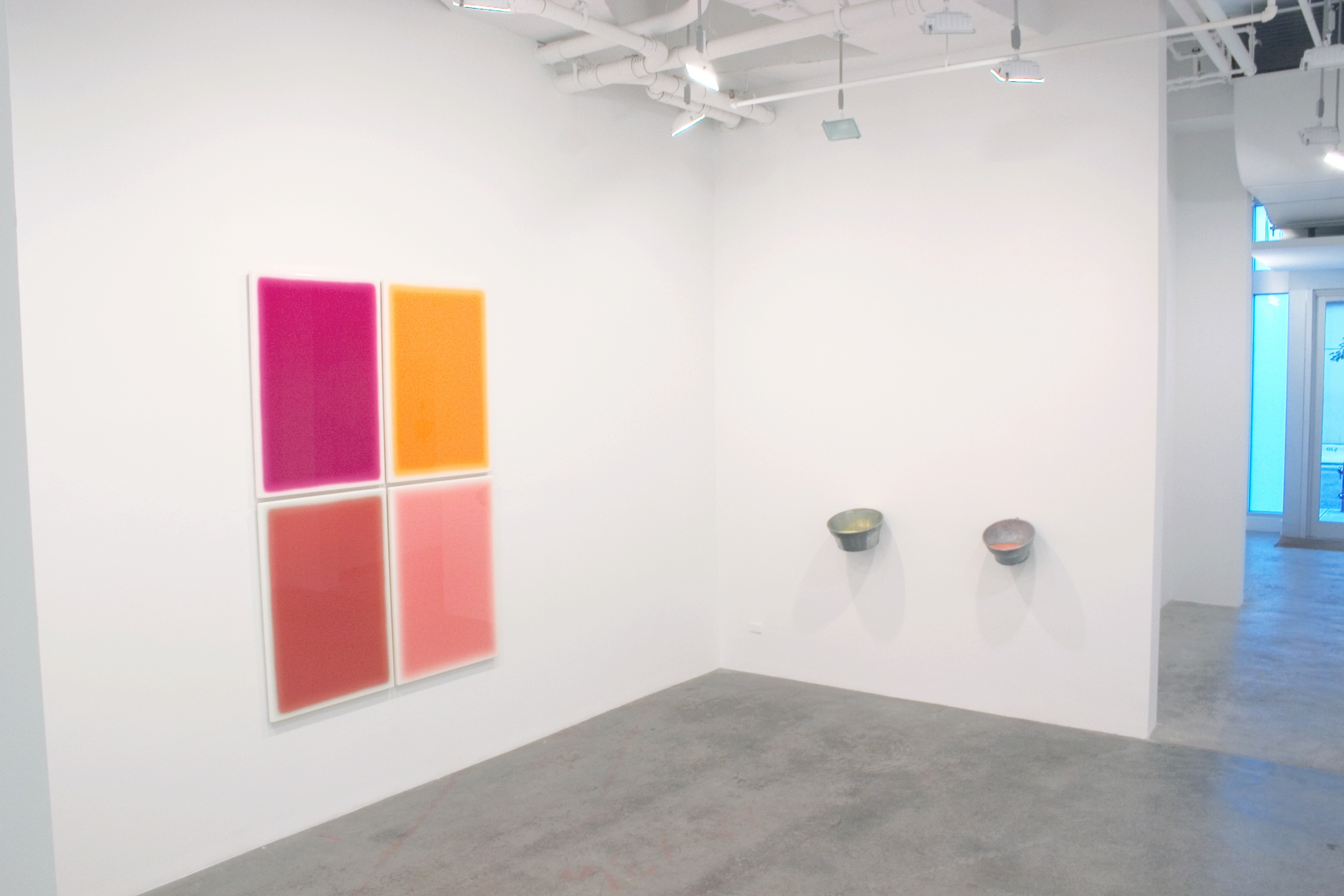
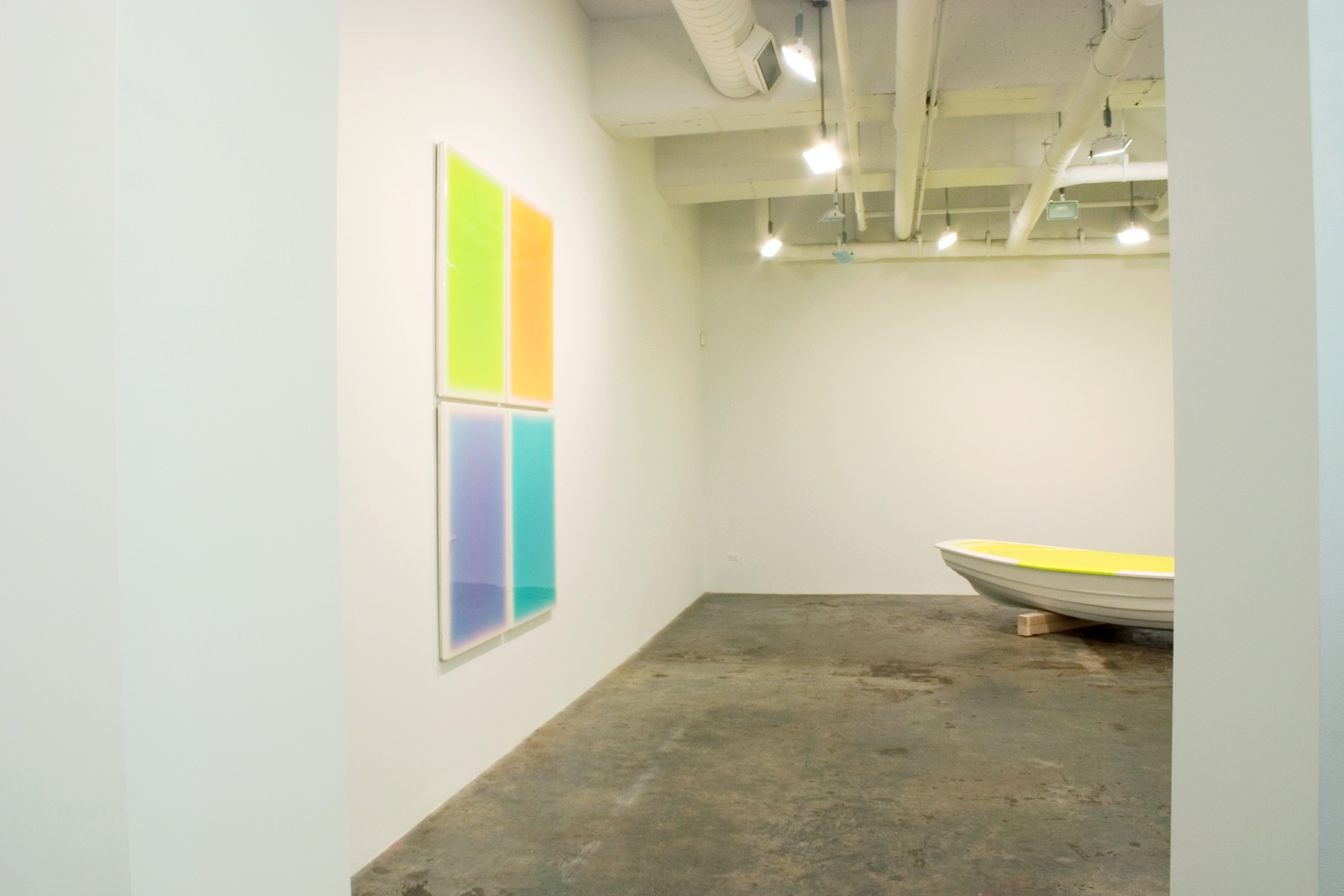
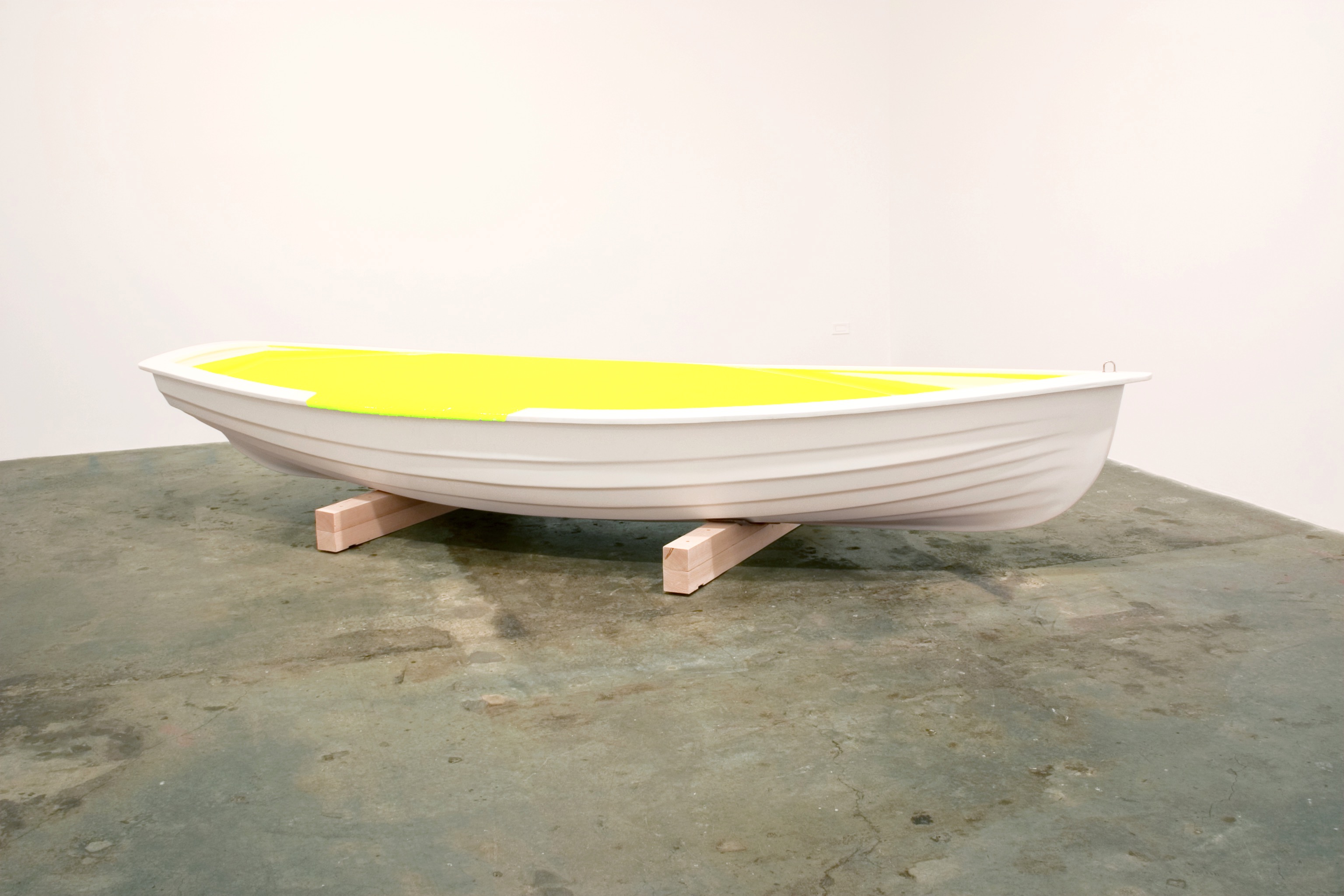
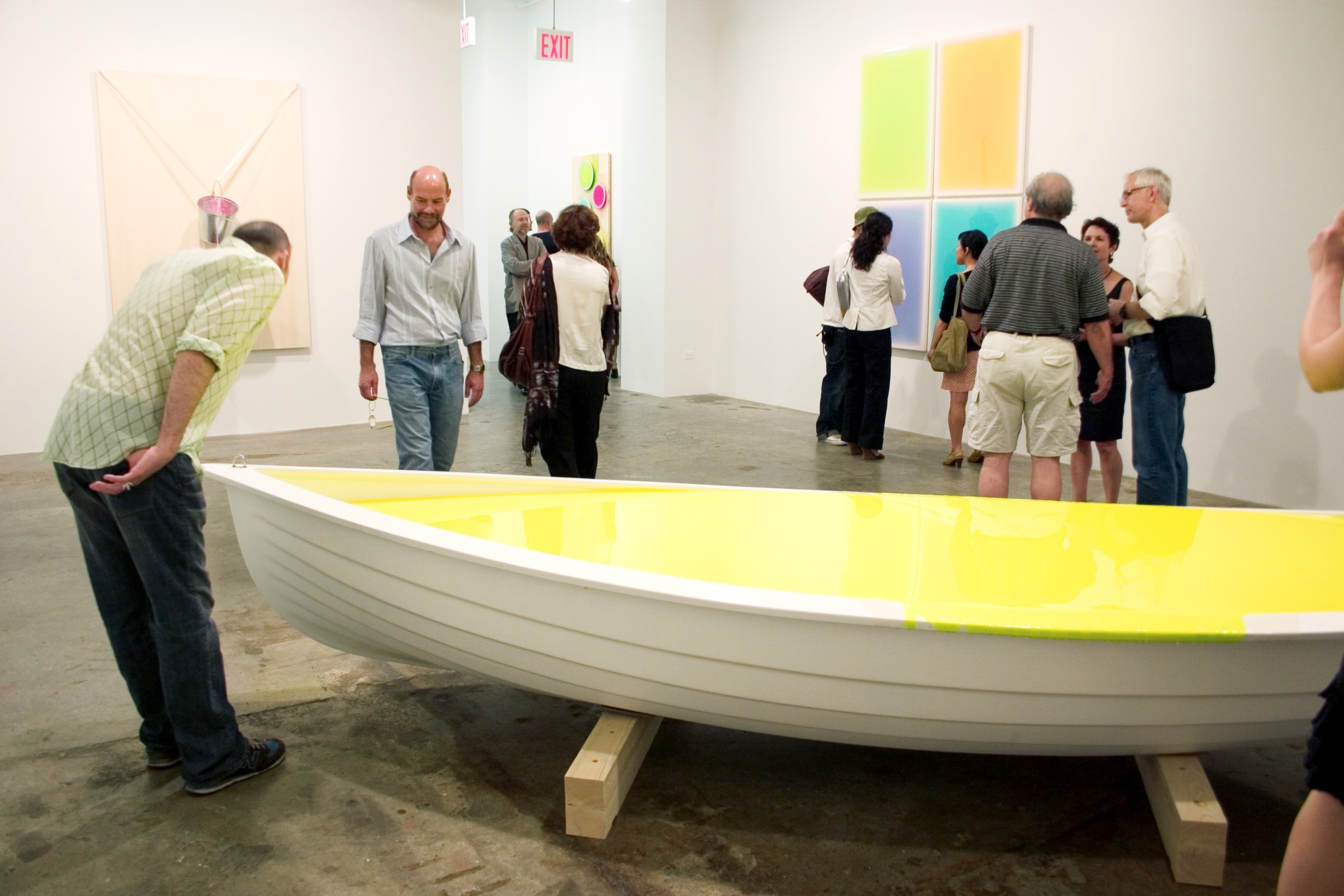
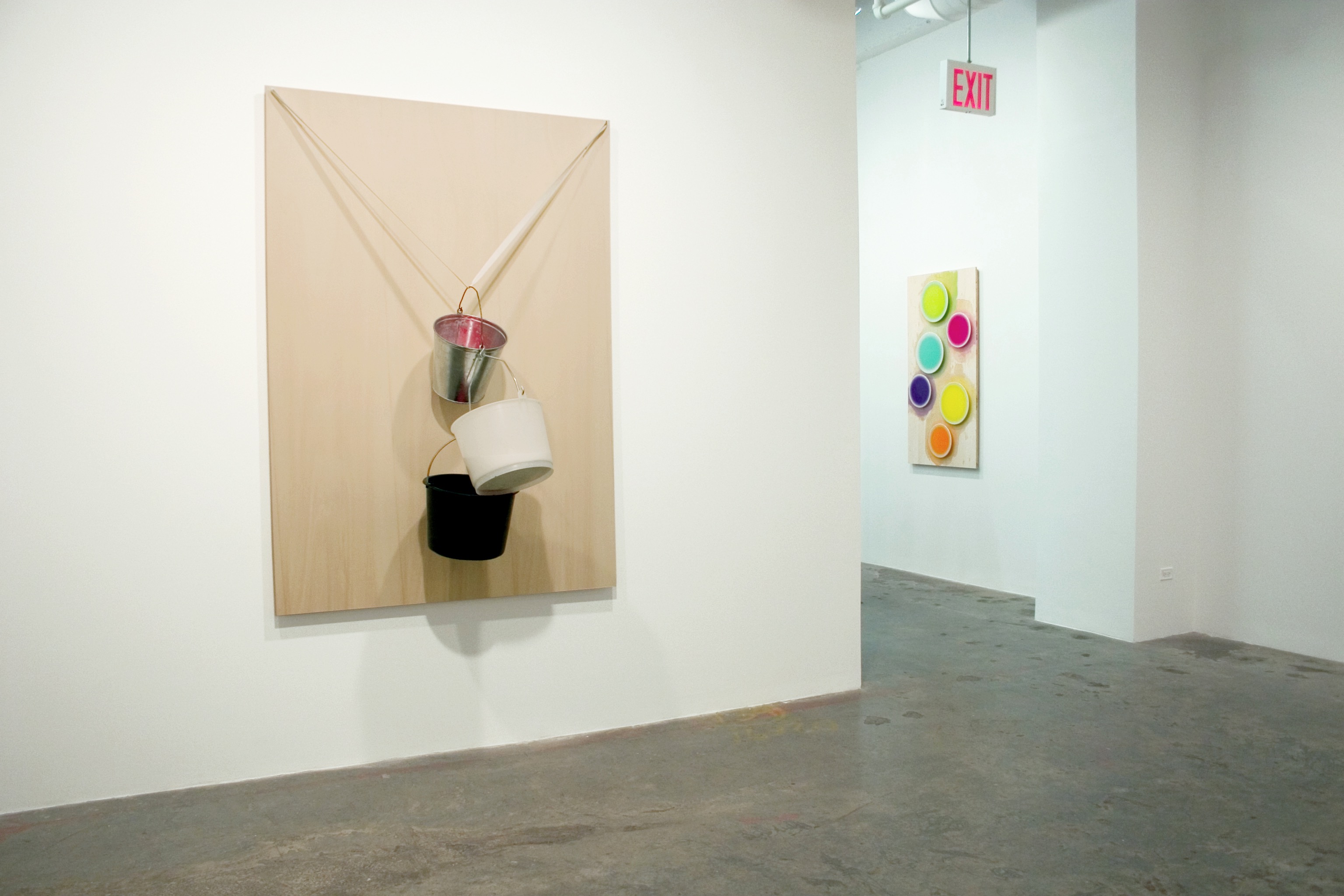
Guenter A. Werner Works 1998-2005 8.9. - 15.10. 2005 Mike Weiss Gallery New York
Guenter A. Werner Ballet 8. 9. - 15.10. 2007 Mike Weiss Gallery New York
ARTnews December 2005
Guenter A. Werner - Mike Weiss
In his first New York exhibition, Frankfurt artist Guenter A. Werner showed selections from several continuing bodies of work that play with the history of abstract painting. Experimenting with surfaces and containers, Werner uses color as both material and subject matter. In doing so, he produced some imaginatively romantic objects.
Werner`s "Screen" series (2005) features monochromes on highgloss plastic that completely erase any trace of painterly gesture. Screen 5 is a single lime-green rectangle, while Screen 3 and Screen 4 each comprise four panels of bright solid hues hung in square, as if they were windows offering a view of colors. A group of 15 tondo paintings on porcelain and wood, each of them a single polished jewel tone, was arranged in a grid; the structure here was reminiscent of Ellsworth Kelly`s Colors for a Large Wall (1951), while the circular elements recalled Robert Delaunay`s color experiments of the first decade of the 20th century.
Werner`s "Bandage" series brought color off the wall and shifted the focus from surface to substance. Bandage 30 (1998-2003) and Bandage 39 (2001-5) were clusters of paint jars and cans belted together and hung with their openings facing the viewer. Each container retained the color of the paint that originally filled it, and despite the loss of volume, the intensity of the pigment remained. The color, referring to nothing but itself, is, in the words of Frank Stella, "as good as it is in the can". In these works, Werner displaced that modernist locus of contemplation and transcendence, the monochrome, from the canvas onto a ready-made object.
The poetic absurdity of his project culminated in Transport (2003-4), a small white rowboat filled with yellow paint the color of a street sign, accompanied by a photograph of the same boat floating in a calm stream in a lush green landscape.
Megan Heuer
Wie sieht der Arbeitsalltag von KünstlerInnen aus? Wie gehen sie vor? Welche Handlungsabläufe, welche Faktoren beeinflussen ihre Arbeiten? Die zweite Ausstellung zum Thema Arbeitswelten zeigt, wie aktuelle Kunst heute entsteht. Dabei wird der Ausstellungsraum in Essenheim zum Arbeitsatelier. Heike Kern, Katja von Puttkamer und Guenter A. Werner präsentieren einen Ausschnitt ihres täglichen Arbeitsbereiches. Anhand von Skizzen, Notizen, Fotos, Materialien und persönlichen Gegenständen, machen sie Arbeitsprozesse deutlich und geben so Einblick in künstlerische Denkweisen und Findungswege.
Art in America January 2006
Guenter A. Werner at Mike Weiss
German artist Guenter A. Werner makes assemblages that readily call to mind Donald Judd`s definition of the "specific object" as combining the best qualities of painting and sculpture. Upon entering "Works 1998-2005", Werner`s first exhibition in the U.S., viewers immediately encountered Collector 1 (2005), a wall piece that consists of two large, clear glass beakers, each partially filled with an acidy yellow epoxy resin paint. The jars are linked together by a length of narrow belting and left to dangle in relative balance from a nail.
While the physicality of such works would seemingly make them sculpture, Werner`s use of color and frntality obviously references painting. His concerns are further elaborated in two pieces from the "Bandage" series (1998-2002), which involve variously sized cans and glass jars partially filled with a rough mixture of gelatinous silicone that has been mixed with different pigments. Strapped together, the containers hung on the wall at eye level, with their open tops facing the viewer.
Although Werner`s jars, cans, silicone and epoxy are rife with art-historical associations ranging from Duchamp to Post-Minimalism, the artist does not linger over these. He seems more interested in how his formalist esthetic connects to the everyday world. To make the 15 disks of radiant color that hung in a grid on a wall, the artist poured paint into white pocelain dinner and salad plates. The luminious greens, glistening reds, glowing yellows and shimmering blues on the plates have plasticlike surfaces. Because of the nature of the epoxy resin paint Werner uses, the color that fills each plate is transparent at the plate`s lip where it is thinnest, and opaque at its center where it is the thickest, causing the color to appear to hover in the middle of the plates.
If, for Werner, painting is frontal and occupies wall space, then sculpture is something you look down into. Tondo 6 (2002) is a galvanized washtub filled with hot pink epoxy paint and propped against the wall. Its contents look as if they were about to spill out. A similar tub cantilevered off the wall at waist height, Tondo 8 (2002), contains cadmium yellow. This meeting of paint and sculpture culminated in Transport (2004), a full-size rowboat that sat on wood 4-by-4s in the middle of the rear gallery. Painted a spotless white, the boat had been filled with a cadmium yellow epoxy resin paint which slopped over the gunwales at mid-ship. As is the case with all of Werner`s work, Transport is at once literal, formal, poetic, sensuous and intelligent.
Saul Ostrow
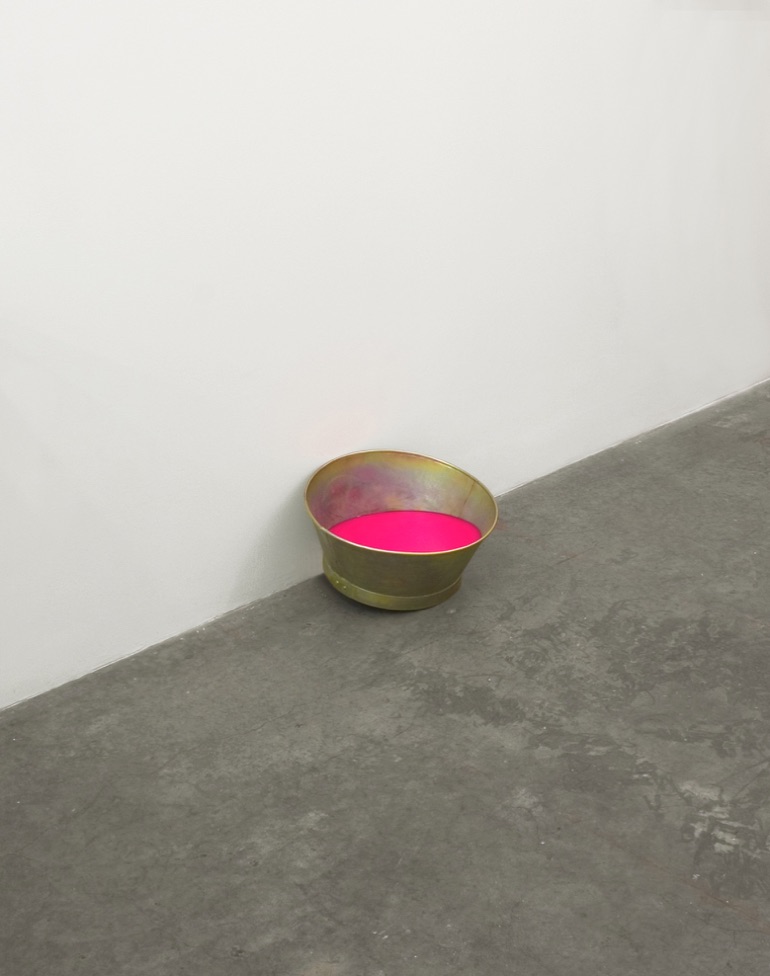
Tondo 6 / 2001 / Epoxy resin paint, metal bowl / 33cm x 52cm x 48cm
5 Years Anniversary Show 22.11.2008 - 10.1.2009 Mike Weiss Gallery New York
Graham Gilmore
Martin C. Herbst
Tony Magar
Amy Myers
Hermann Nitsch
Yigal Ozeri
Stephanie Pflaum
Osvaldo Romberg
Allison Schulnik
Samantha Tomas
Piet van den Boog
Christian Vincent
Guenter A. Werner
Sofi Zezmer
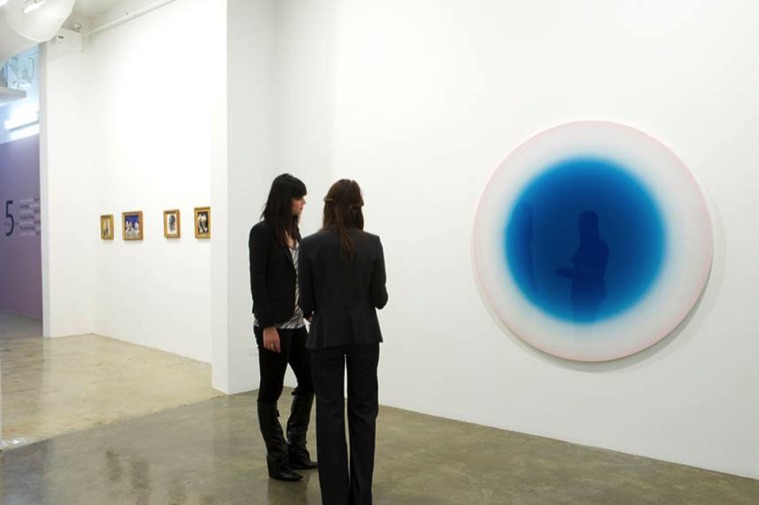
Guenter A. Werner / Centration No.5 / 2008
Ebb and Flow 29.2.2008 - 29.3.2008 Mike Weiss Gallery New York
Hermann Nitsch Andrea Belag Hubert Scheibl Samantha Thomas Guenter A. Werner Daniel Wiener
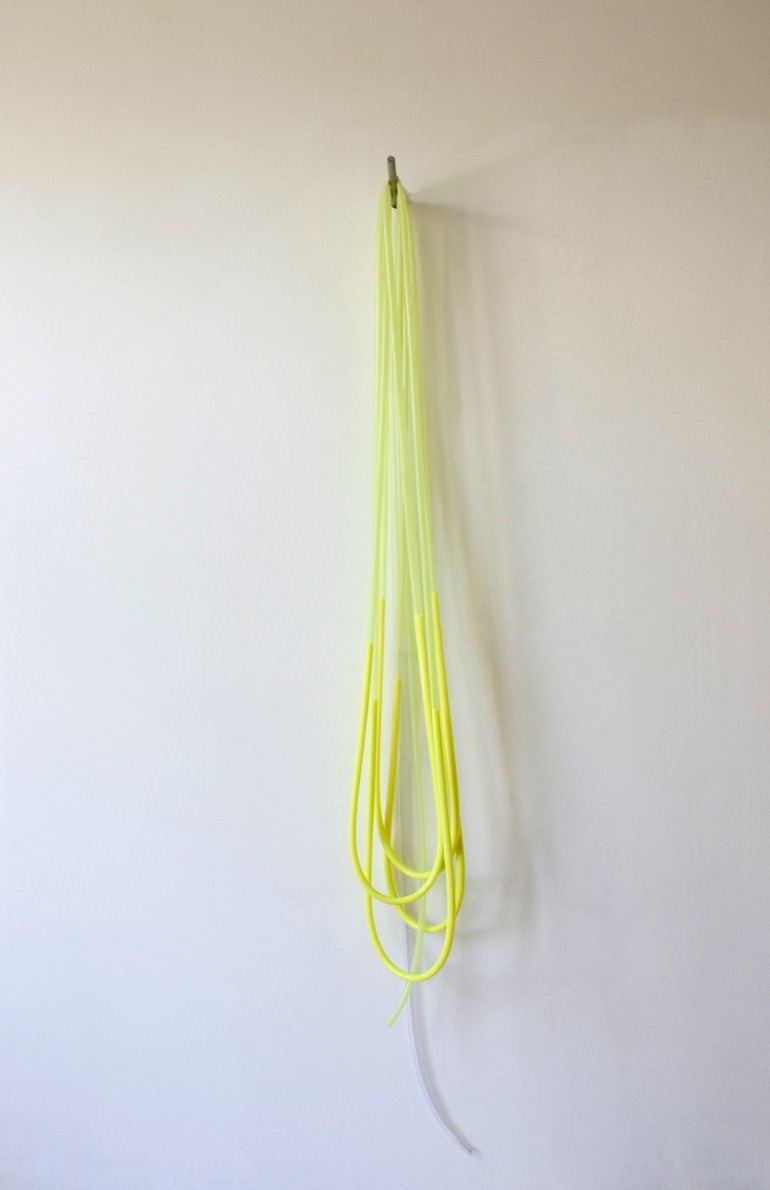
It is beyond our power, as human beings to completely harness forces that while maintaining life, have the power to destroy it. We rely on its bounty and marvel in its constant regeneration, a veritable intimation of divine presence. These are forces that fuse together all living beings, all attempting to live in harmony in an ever transforming environment with sometimes deadly forces that have the power to inspire complete awe and tremendous fear.
The true majesty of this energy is ever present, proving itself time and time again, even to those that are lacking the sensibility of seeking it out. From the wave that carries with it a myriad of colors and forms, gently and creatively placing and displacing just the right elements through its journey, to the Tsunami that forcefully enters, becoming a disruptive and deadly force for our only budding civilization. It is indisputable that traces are always left behind, marvelous and ever intriguing despite the ill-fated human tragedies. It then comes as no surprise that such a group of revered artists are continuously stimulated by what have collectively come to be known as the forces of nature, and produce works inspired by this supreme influence.
Volumen. Jeder Körper hat ein Volumen. Nimmt Raum ein. Behauptet sich darin und wird so zum Gegenstand. Volumen ist ein Moment der Ausdehnung, ein Moment der Form, ist in seiner bestimmten Eigenheit auch Gestalt. Guenter A. Werner justiert in seinen Arbeiten feinfühlig das Voluminöse, er befragt und verhandelt es malerisch sowie plastisch in seinen Arbeiten, welche zwischen der Anmutung von Farbe und der Erscheinung ihrer Form balancieren. Farbe und Träger liefern sich ein Vexierspiel. Sie sind Folge eines malerischen Findungsprozesses, sie sind Recherche in all ihren Konnotationen. Re-Cherche als Forschung, als Nach-Forschung oder als Rück-Forschung. Eine Suche, welche sich stets nicht nur nach ihrer eigenen Konstitution selbst befragt, sondern welche auch ihre eigene Vergangenheit und Geschichte immer wieder zu aktualisieren sucht. Durch die zarte Kollision von Farbe und Form ereignen sich diese Kunstwerke vor unseren Augen, sie zeigen sich jedoch währenddessen auch als Zeugnis von Vergangenem. Diese malerisch balancierte Dialektik findet in Guenter A. Werners Kunstwerken zu einer sensiblen und farblich fesselnden Gestalt, welche die ihnen durch seine Hände eingeschriebenen Spuren der Arbeitsprozesse und deren Materialien offen ausstellen und so von der Recherche erzählen. Die Sensation farblicher Ein- und Entfaltungen ist es, welche diese Arbeiten zu einem sinnlichen Ereignis machen. Die Gegenüberstellung der ausgewählten und ausgestellten Varianten spiegeln in ihren Facetten nicht nur die Faszination wieder, welche den Künstler in seiner Recherche antreibt, sie wissen selbst zu faszinieren und eigenes Suchen anzuregen.
Martin Dicke
Guenter A. Werner / 2007 / Tube 3 / PVC-Schlauch, Epoxidharzfarbe, Stahl
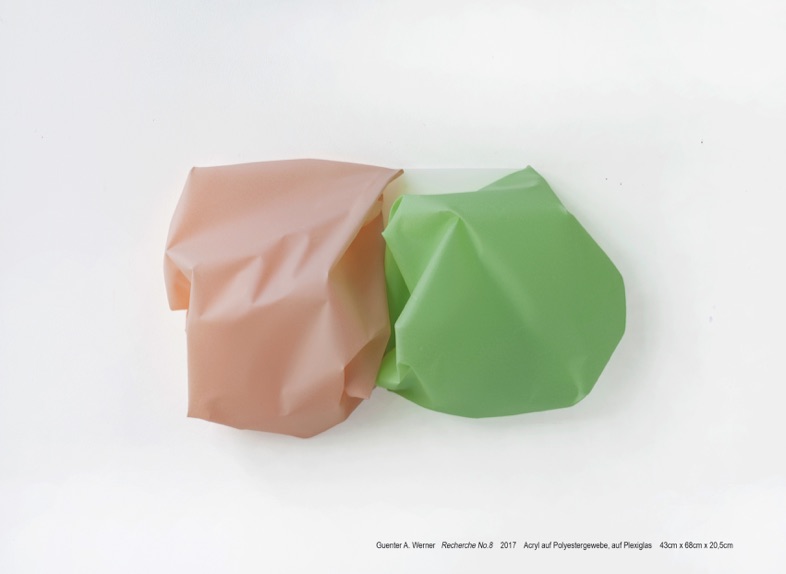
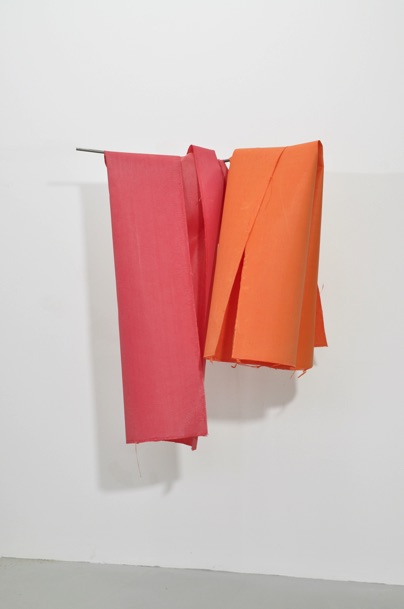
FLUX 4 ART
2021 - Casa Tony M. - Wittlich
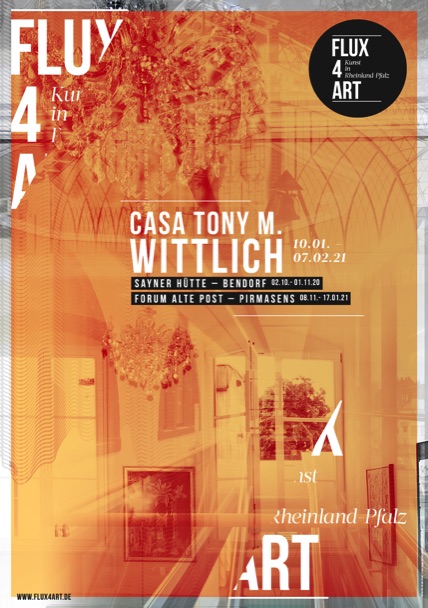
Die Landeskunstschau FLUX4ART. Kunst in Rheinland-Pfalz ist konzipiert als ein mehrmonatiges Kunstereignis, das an verschiedenen Orten im Land stattfindet. Die Schau ist Auftakt für ein neues Ausstellungsformat, das Qualität und Vielfalt zeitgenössischer Kunst in Rheinland-Pfalz sichtbar macht. Sowohl bereits etablierte als auch ganz aktuelle, junge Positionen wird sie in einer spannenden Gegenüberstellung publikumswirksam präsentieren. Träger der Landeskunstschau ist der Berufsverband Bildender Künstlerinnen und Künstler Rheinland-Pfalz im Bundesverband e.V. – BBK RLP. Finanziell unterstützt wird die Schau vom Ministerium für Familie, Frauen, Kultur und Integration Rheinland-Pfalz.
Nähere Informationen unter: flux4art.de
Support No.3 / 2021 / Glasfasergewebe , Acryl, Stahl / 26cm x 100cm x 70cm
Text eingeben
KM570 Kunstverein Mittelrhein e.V.
Jubiläumsausstellung II b-05 Montabaur 16.07. bis 10.09.2023
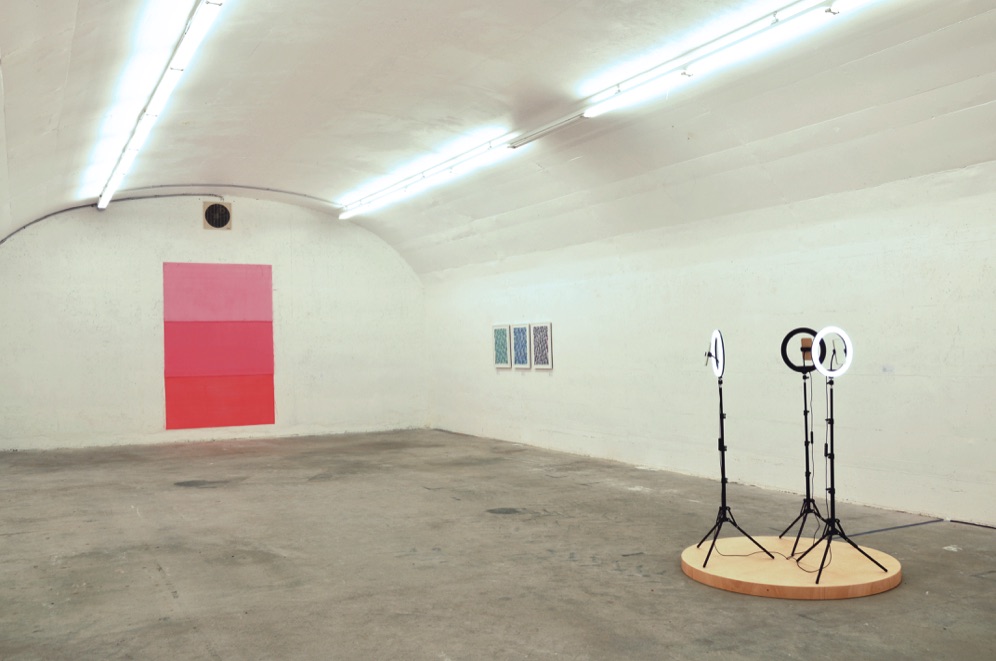
Foto vom Aufbau: v. l. n. r. Guenter A. Werner, Mario Reis, Anna Herrgott